By Daniel Shane, CNN Business
Updated 0450 GMT (1250 HKT) October 24, 2018
Hong Kong (CNN Business)First, Beijing slapped tariffs on American soybeans. Now, it wants to wean its farmers off them altogether.
China has been facing a potential soybean shortage after it put a new 25% tariff on importing them from the United States in July, part of the escalating trade war between the two countries.
China is the world’s biggest buyer of soybeans, using them as a protein-rich feed for livestock such as pigs and chickens. More than a third of its supply comes from the United States.
Beijing’s solution to get by without US beans? Give the animals less to eat.
One of the country’s top industry groups this month proposed cutting the amount of protein used in livestock feeds, saying animals could get by with less than is required at the moment. The government-run China Feed Industry Association said a reliance on imported soybeans is creating a “bottleneck” for the country’s farming industry.
But getting millions of Chinese farmers to reduce the amount of foreign soybeans eaten by their pigs is a daunting task that is likely to take a long time to carry out and could cause disruption throughout the country’s agricultural industry.
The plan would inflict further pain on US farmers already smarting from the tariffs and could eventually mean China no longer needs American soybeans at all.
“It’s directly linked to the US-China trade war,” said Loren Puette, the director of research firm ChinaAg in Taiwan. “The implication is that China will completely halt all future imports of US soybeans.”
Threat to US farmers
China has alternative soybean sources, the biggest is Brazil, but they don’t produce enough to replace its imports from the United States.
“Sourcing soybeans from a bunch of trade partners is both expensive and inefficient,” said Even Pay, a Beijing-based agriculture analyst at research firm China Policy. “Companies are looking for cheaper, alternative sources of protein.”
Some local Chinese governments are encouraging farmers to grow soybeans instead of other crops, but analysts say China is a long way from being able to produce anywhere near enough to meet its own needs.
A long-term shift by China away from importing US soybeans would have serious consequences for American farmers, who sold more than $12 billion worth of soybeans to the country last year, their largest export market.
Five years ago, Beijing temporarily stopped accepting shipments of genetically modified American corn, another important animal feed, prompting Chinese farmers to buy other crops like sorghum and barley. Chinese demand for US corn never fully recovered, according to Pay.
American soybean farmers have spoken out repeatedly about the threat to their livelihood from the trade war.
Paul Burke, senior director of the US Soybean Export Council in Shanghai, said he thinks the Chinese government is trying “to minimize the import of any US soybeans” with its plan. He expects Chinese demand for American soybeans to fall if the proposals are implemented.
In August, there were already signs that China was shunning American soybeans after imposing tariffs on them the month before.
“The US soybeans are not allowed to be imported, you can’t get it even if you want to,” Xu Limin, a sales manager at Hebei Power Sea Feed Technology, a Chinese company that last year imported thousands of tons of US soybean products, told CNN at the time.
“Imports from the US have been almost nonexistent in recent months,” analysts at research firm Fitch Solutions wrote in a note to clients this week. That’s largely because soybeans are typically harvested in Brazil in the first half of the year and in the United States in the last quarter, they noted.
The real test will be the next few months when Brazilian supplies dry up.
“China will have to import some soybeans from the US in the coming months,” the Fitch analysts said, predicting it will switch back to Brazilian ones as soon as they become available again early next year.
Can Beijing pull it off?
A move to cut down on soybean use in China would need to be skillfully managed.
The Chinese government is likely to face a tough task steering millions of pig farmers across the country into following the lower protein requirements.
Beijing’s plans to wean the country off its reliance on imported soybeans “will take time and be difficult to implement,” the Fitch analysts said.
Farmers may turn to alternative protein sources like canola, cottonseed and sunflower. But it might not be a straightforward swap.
Some of these options are limited in supply, and the new demand will likely push up their prices. In some cases, feeds based on canola can be toxic to animals, analysts said.
A rapid shift away from soybeans could create “chaos in the animal feed sector,” Puette warned.
The stakes are high for farmers and feed companies to get it right. Many Chinese farmers operate on tight profit margins, and any health issues with their animals could risk putting them out of business.
“There’s no silver bullet that can be readily used” in soybeans’ place, Puette said.
Yong Xiong contributed to this report.





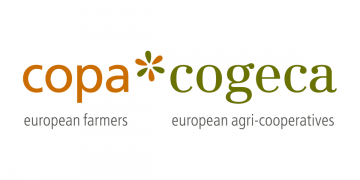

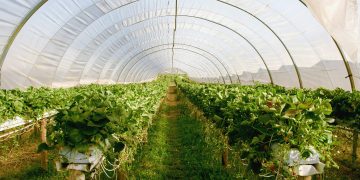
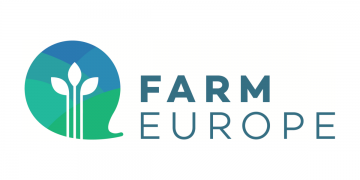
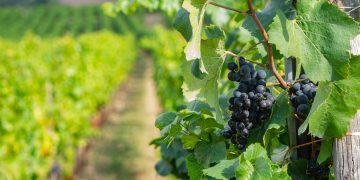













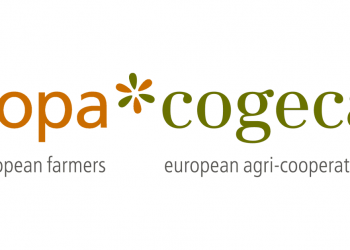













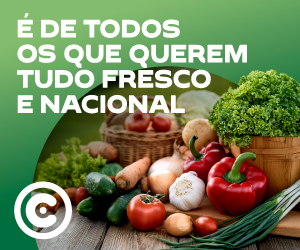







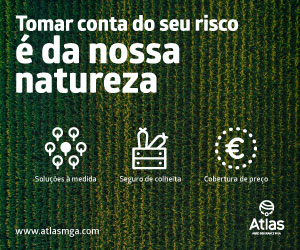







Discussão sobre este post